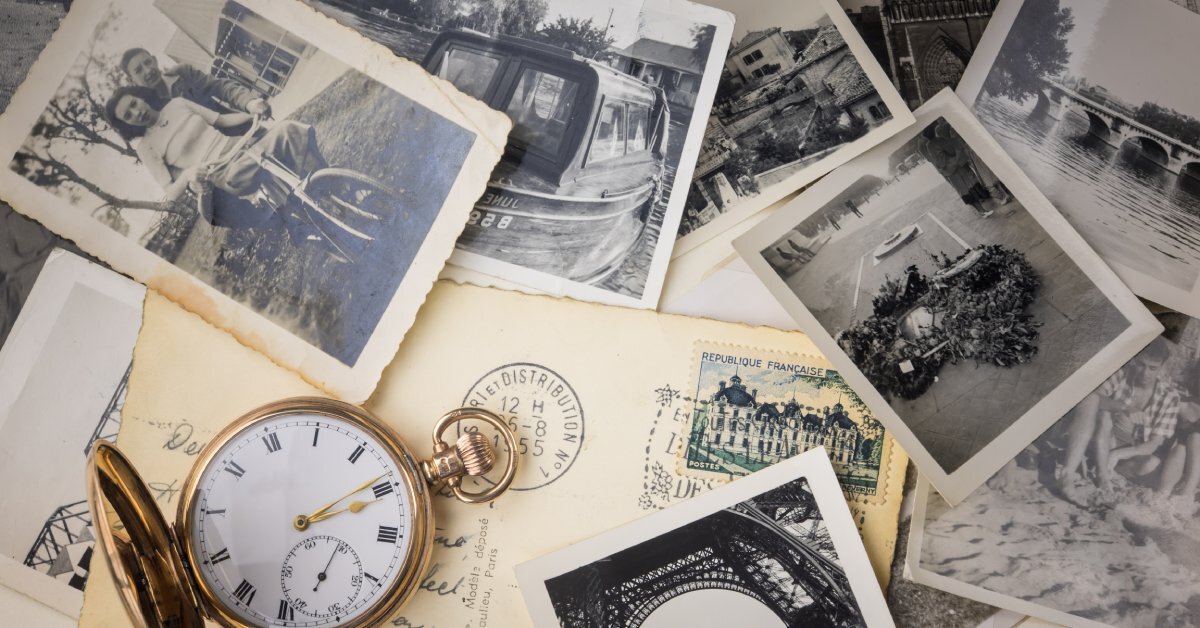How To Organize a Meaningful Memorial: Step-by-Step Guide
Jul 24th 2025
Honoring a loved one through a meaningful memorial is an important way to celebrate their life, share cherished memories, and support those who are grieving. It provides an opportunity for friends and family to gather, reflect, and find comfort in each other’s presence during a challenging time. Planning a memorial requires thoughtfulness, attention to detail, and organization to create an atmosphere of reflection, love, and remembrance. If you want to organize a meaningful memorial, follow this guide to make planning easy.
Decide on the Type of Memorial
The first step is to determine the type of memorial that best suits the needs and preferences of family and friends, as well as the personality and wishes of your loved one. Common options include:
- Traditional services in a place of worship
- Celebrations of life
- Religious ceremonies
- Informal gatherings in meaningful locations
Understanding the nature of the event helps shape all other planning decisions, such as the venue, design, and tone of the memorial. Think about what best captures the essence of the honored person and how you can celebrate their life in a way that feels authentic and heartfelt.
Set a Date and Time
Choosing the correct date and time is crucial for ensuring that key guests can attend and everyone feels included. Consider selecting a date that allows sufficient time for family and friends to make travel arrangements, especially if they are coming from out of town. Keep in mind any religious or cultural traditions that might influence the timing, as well as the schedules of close family members and individuals involved in the ceremony.

Pick an Appropriate Venue
Selecting the right venue is essential for creating a meaningful and comfortable atmosphere. The location should suit the tone, size, and nature of the memorial. A family home or backyard may be perfect for smaller, intimate gatherings. For larger gatherings, consider places of worship, funeral homes, event halls, or serene outdoor settings like parks or gardens. Also, think about the ambiance and how it aligns with the overall theme of the memorial.
Develop a Guest List
Compile a thoughtful guest list that includes family, close friends, colleagues, and others who had a deep connection to the deceased. Depending on the size of the gathering, you may want to extend an invitation to neighbors, classmates, or community members.
You can share invitations personally through phone calls, emails, or printed announcements. However, be sure to clearly communicate details about the time, location, and any specific requests, such as the dress code or bringing photos or mementos, to ensure guests are prepared.
Create an Agenda
An organized agenda will help the memorial flow smoothly and create a sense of structure. Outline the key elements of the event, such as:
- Welcoming remarks
- Readings
- Music
- Eulogies
- Moments for sharing memories
- Closing ceremonies
Be sure to leave time for informal moments where people can connect and comfort one another. A clear agenda ensures you don’t miss any important aspect and attendees feel guided through the event.
Personalize the Memorial
A truly meaningful memorial reflects the unique personality, passions, and interests of your loved one. Incorporate elements that celebrate their life, such as a photo slideshow, a table displaying personal mementos, or decorations featuring their favorite colors or flowers. Play their favorite songs or music that held special meaning to them. Symbolic gestures, such as lighting candles, planting a tree, or releasing balloons, add a personal touch and leave a lasting impression on attendees.
Choose Speakers
Identify individuals who can speak during the memorial and honor the life of the deceased with personal stories, reflections, or eulogies. These individuals might include close family members, friends, or colleagues who shared a meaningful connection with your loved one. Reach out to speakers in advance to confirm their willingness and give them time to prepare. Encourage them to share heartfelt and uplifting memories that reflect the individual’s character and legacy.
Select Meaningful Readings and Music
Carefully choose readings and music that resonate with the life and personality of the loved one being honored. Consider using poetry, scripture, or excerpts from books that held a special meaning to them. Pair these readings with music that evokes their spirit, such as their favorite songs, meaningful hymns, or instrumental pieces that set a comforting tone. These elements create emotional resonance and help attendees reflect on fond memories.
Consider Decorations
Choose decorations that convey warmth, love, and respect while creating a serene and welcoming environment. Flowers are a traditional choice, but you can also include candles, framed photographs, personal items, or even funeral bunting. Mourning and funeral buntings help create an atmosphere of respect and remembrance.
You should also consider creating a memory table where guests can view keepsakes, awards, and cherished belongings. Thoughtful decorations add a personal and touching element to the event.
Provide Refreshments
Sharing food creates natural opportunities for reminiscing and connection after the formal service ends. If possible, arrange for light refreshments or a full meal following the memorial. This time is perfect for guests to connect in a more casual setting and share stories about the deceased. Consider preparing or catering dishes your loved one enjoyed or family recipes that spark memories. This thoughtful touch provides comfort while encouraging the sharing of stories in a more relaxed atmosphere.

Include Time for Sharing Memories
Allow attendees the opportunity to share their personal stories and memories about the deceased. Providing a space for open sharing helps attendees process their emotions and celebrate the individual’s impact on their lives. It’s often these shared memories that bring the most comfort and connection.
Collect Keepsakes or Mementos
Create opportunities for guests to leave behind written notes or mementos that honor the life of your loved one. A guestbook, memory jar, or tribute cards can serve as a lasting keepsake for the family. These heartfelt messages and reflections provide comfort and serve as a reminder of the love and support surrounding you during this time.
Prepare a Program or Handout
Design a simple program or handout that outlines the order of events and includes personal touches such as photos, meaningful quotes, or a brief biography of the deceased. Not only does this provide attendees with a guide to the memorial, but it also serves as a keepsake they can take home to remember the event.
Delegate Duties
Planning a memorial can be overwhelming, so don’t hesitate to delegate tasks to family members, friends, or volunteers willing to help. Assign responsibilities such as setting up the venue, arranging decorations, or coordinating refreshments. Delegating ensures that everyone shares the workload, allowing you to better focus on being more present throughout the event.
With this guide, organizing a meaningful memorial can be easy. While organizing memorials still takes time, thoughtfulness, and care, you can make it possible and honor your loved one’s life while also creating a space for healing and connection.








